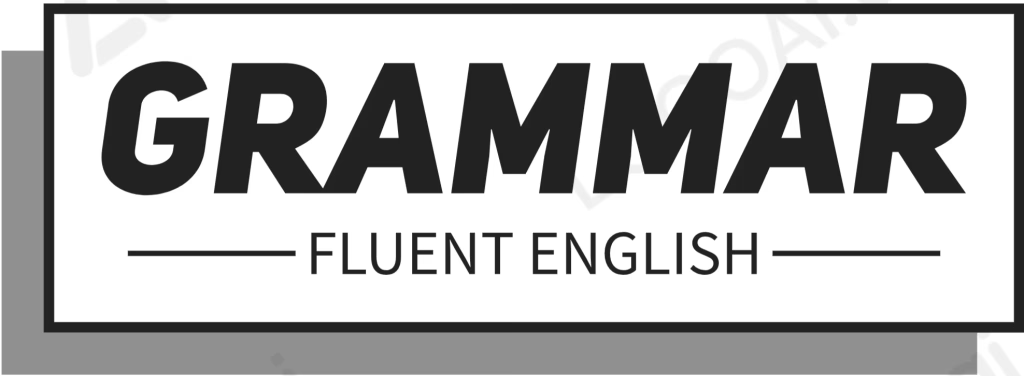Understanding the differences between the Present Simple and Present Continuous tenses is crucial for mastering English grammar. Each tense serves a distinct purpose and is used in different contexts. In this article, we’ll explore the key differences between these tenses, their structures, and when to use each one effectively.
On this page:
Present Simple Tense
The Present Simple tense is used to describe habitual actions, general truths, and facts. It is also used for scheduled events in the near future, particularly when discussing timetables and routines.
Structure
- Affirmative: Subject + Base Form of the Verb (add -s or -es for third person singular)
- Negative: Subject + Do/Does + Not + Base Form of the Verb
- Question: Do/Does + Subject + Base Form of the Verb
Examples
- Habits: She goes to the gym every day.
- General Truths: Water boils at 100°C.
- Scheduled Events: The train leaves at 6 PM.
- Negative: He doesn’t like coffee.
- Question: Do you play the guitar?
Present Continuous Tense
The Present Continuous tense, also known as the Present Progressive tense, is used to describe actions that are happening right now or around the current period. It is also used for temporary situations and future plans that have been arranged.
Structure
- Affirmative: Subject + Am/Is/Are + Verb(ing)
- Negative: Subject + Am/Is/Are + Not + Verb(ing)
- Question: Am/Is/Are + Subject + Verb(ing)?
Examples
- Actions Happening Now: She is reading a book right now.
- Temporary Situations: I am staying at my friend’s house this week.
- Future Plans: We are meeting them at 6 PM.
- Negative: He isn’t watching TV at the moment.
- Question: Are you coming to the party tonight?
Key Differences between Present Simple and Present Continuous
1. Usage
- Present Simple: Used for habitual actions, general truths, and fixed schedules.
- Present Continuous: Used for actions happening now, temporary situations, and arranged future plans.
2. Time Expressions
- Present Simple: Often used with time expressions like “always,” “usually,” “often,” “sometimes,” “never,” “every day,” “on Mondays.”
- Example: She always drinks coffee in the morning.
- Present Continuous: Often used with time expressions like “now,” “right now,” “at the moment,” “currently,” “today,” “this week.”
- Example: He is currently working on a new project.
3. State vs. Action Verbs
- Present Simple: Commonly used with state verbs (verbs that describe a state rather than an action), such as “know,” “believe,” “like,” “own.”
- Example: I know the answer.
- Present Continuous: Generally not used with state verbs. Instead, it is used with action verbs (verbs that describe actions).
- Incorrect: I am knowing the answer.
- Correct: I know the answer.
When to Use Present Simple
- To describe routines and habits: I go to work every day.
- To state facts and general truths: The Earth orbits the Sun.
- To describe scheduled events: The flight departs at 10 AM.
- With state verbs to describe states of being: She likes chocolate.
When to Use Present Continuous
- To describe actions happening at the moment of speaking: She is reading a book right now.
- To describe temporary situations: I am living with my parents for the summer.
- To discuss future plans that have been arranged: We are meeting friends for dinner tonight.
- To describe actions that are new or changing: He is learning to play the piano.
Related Articles:


Leave a Reply